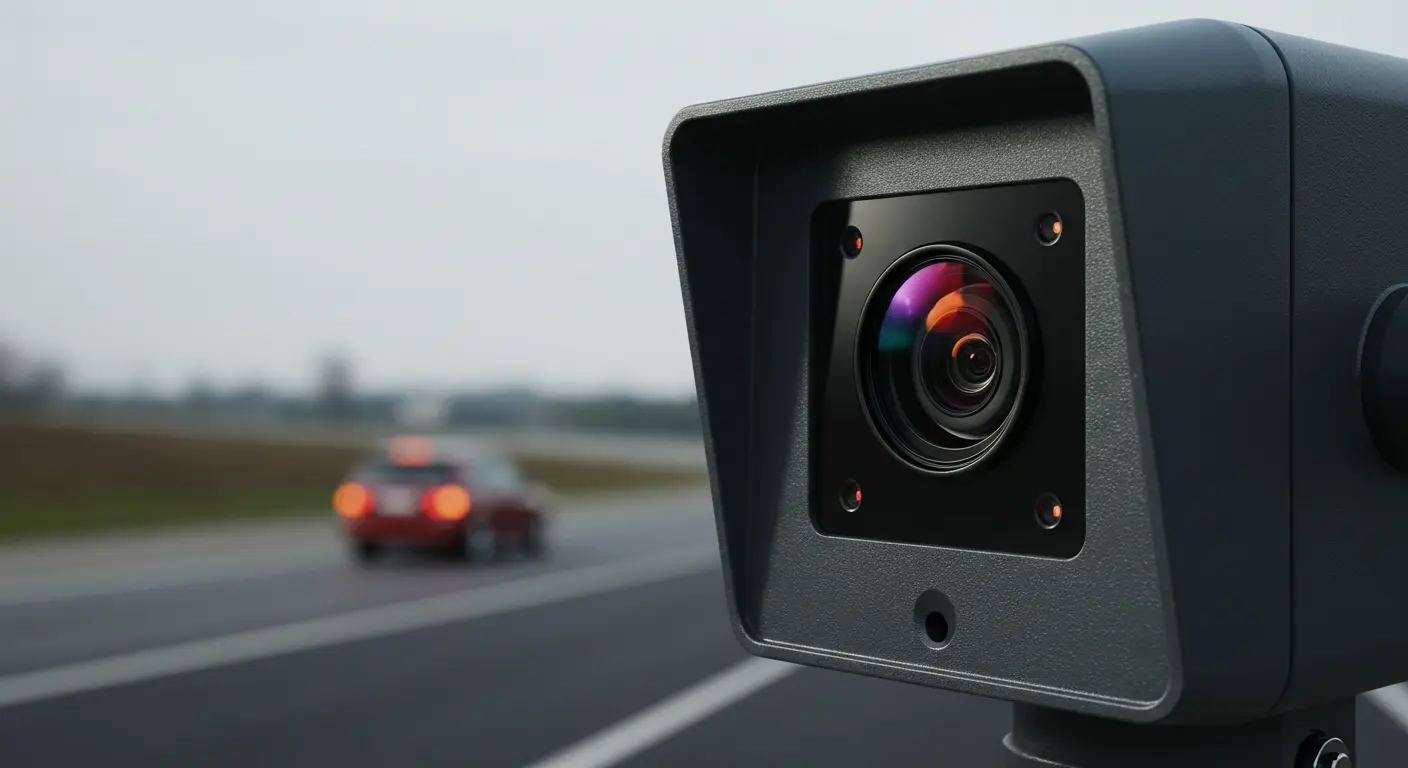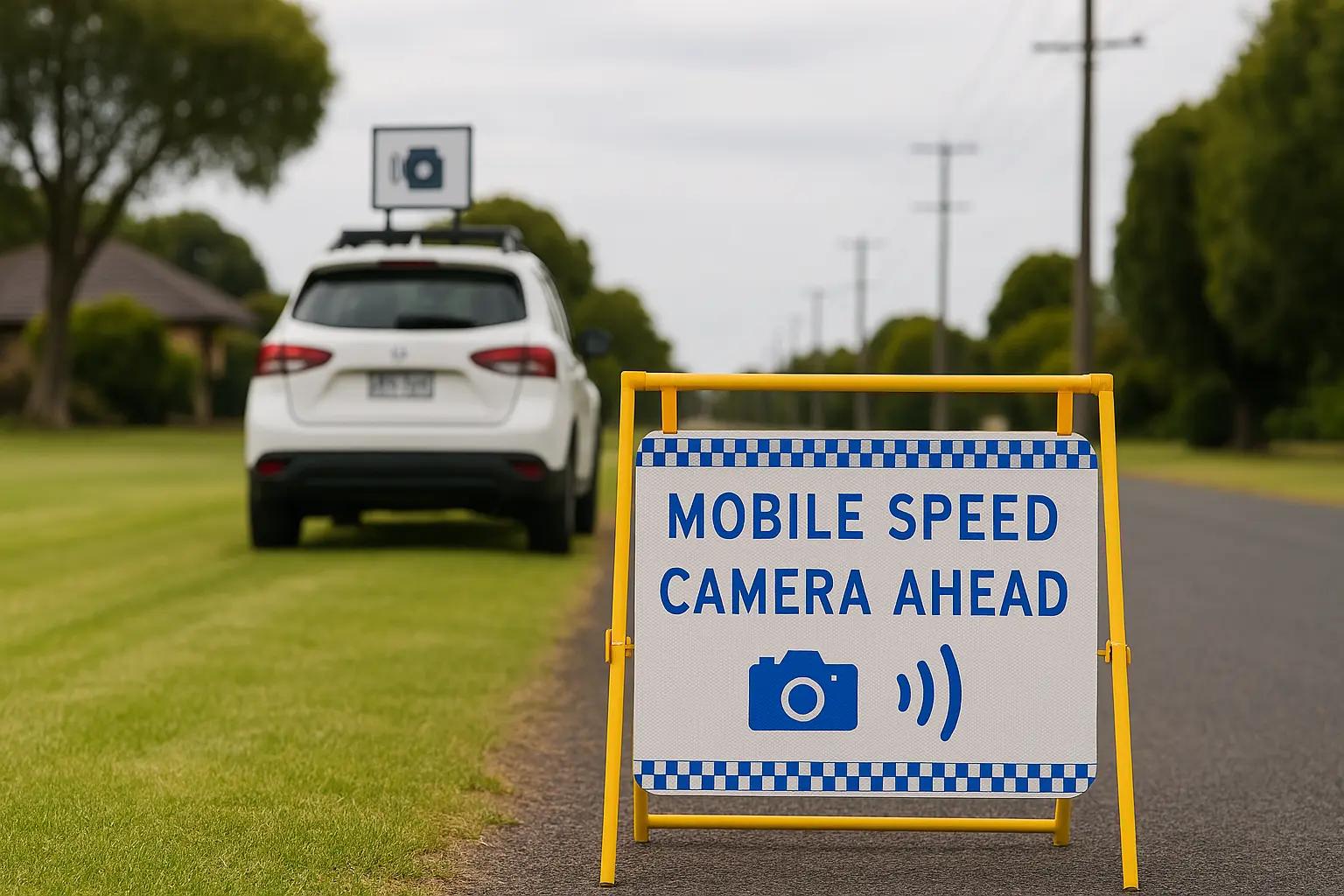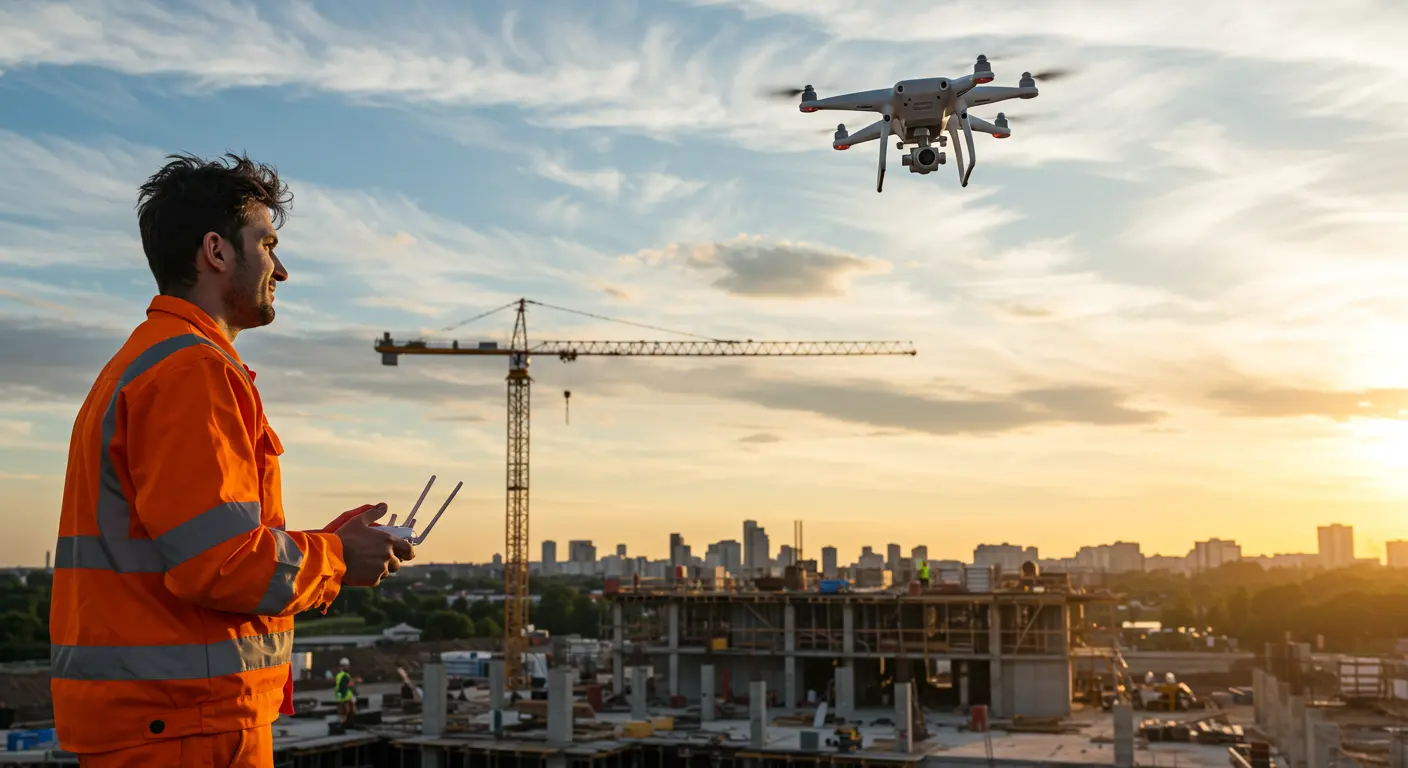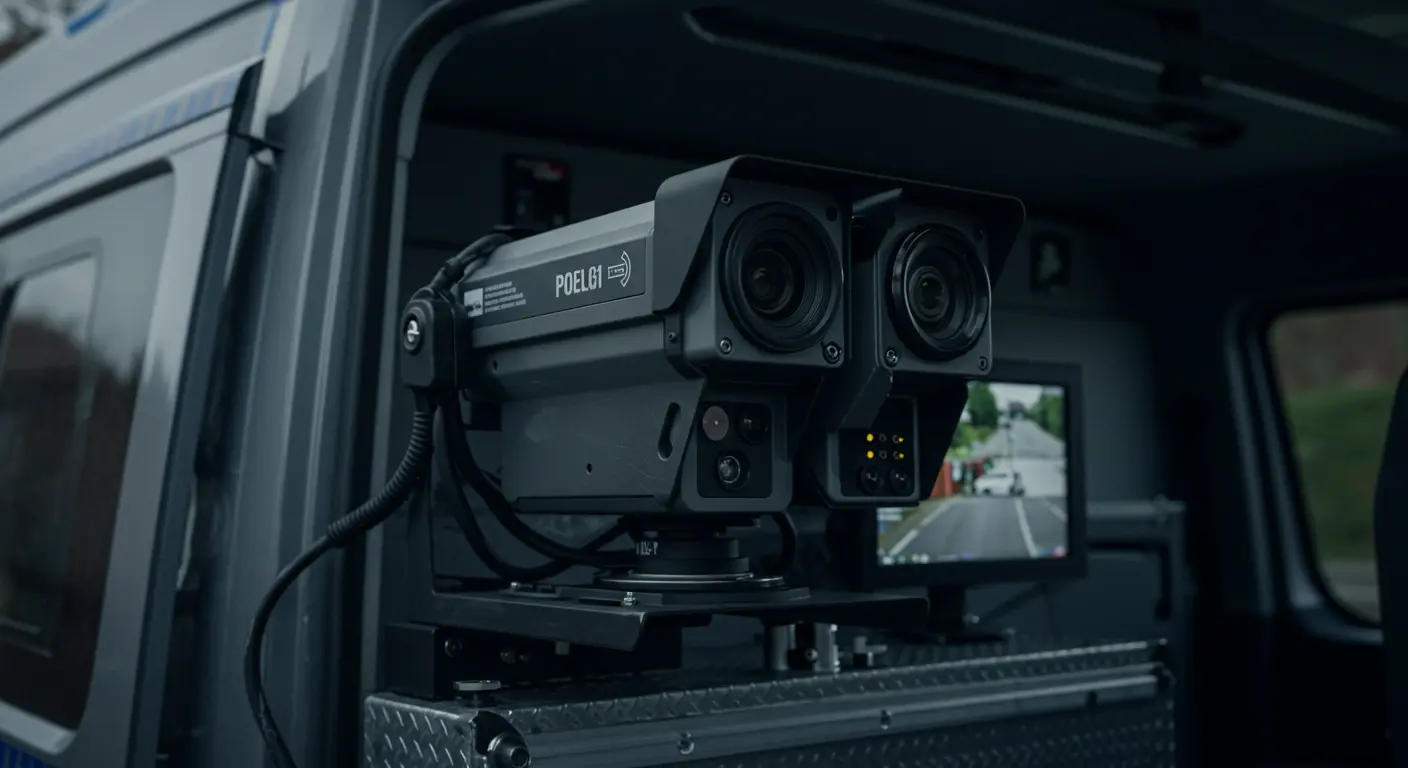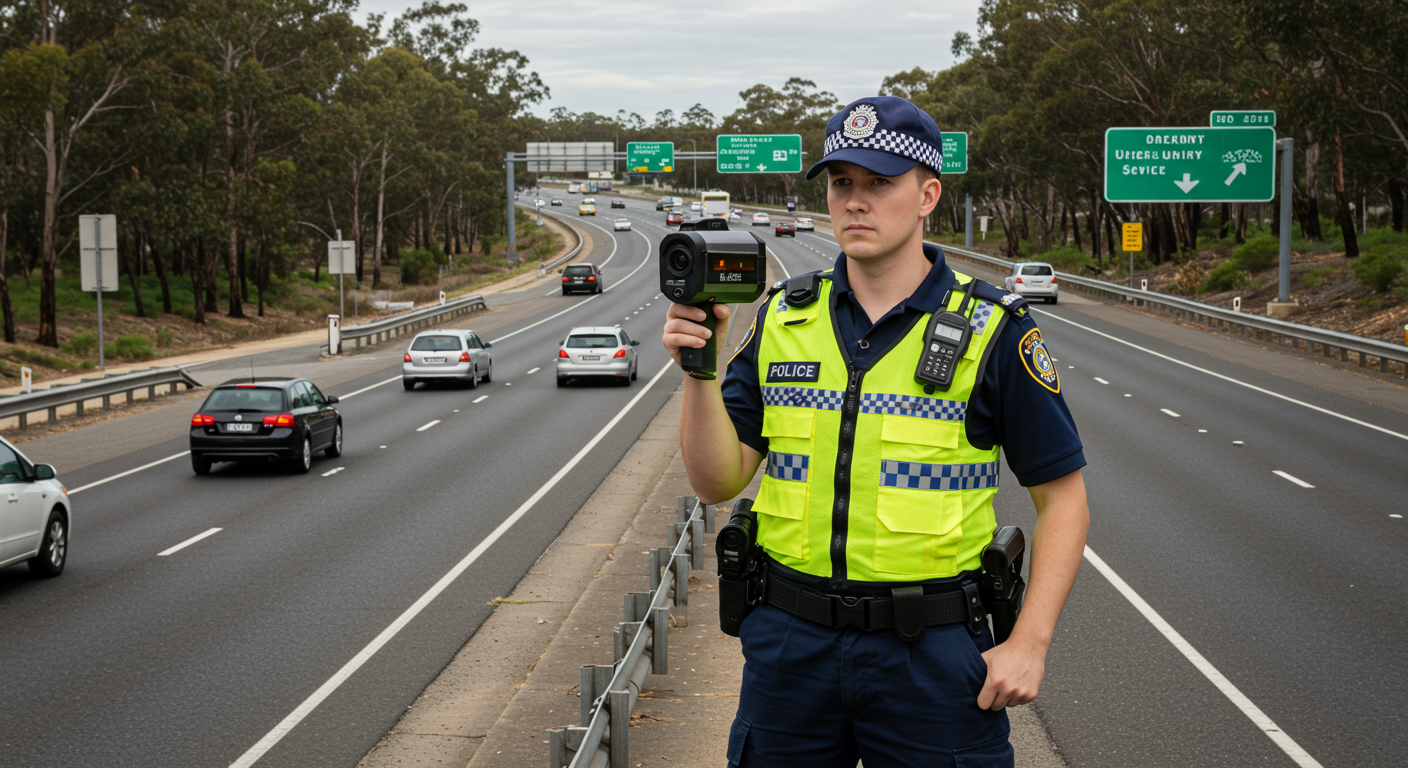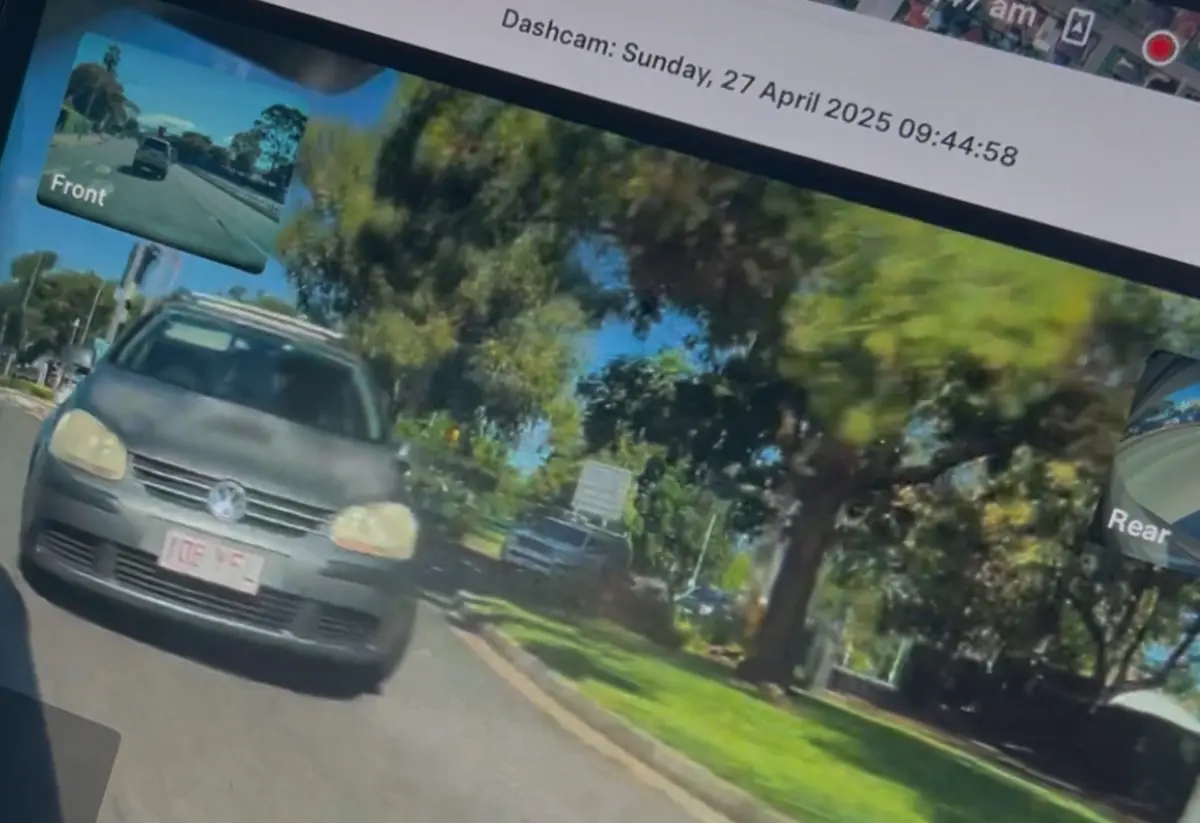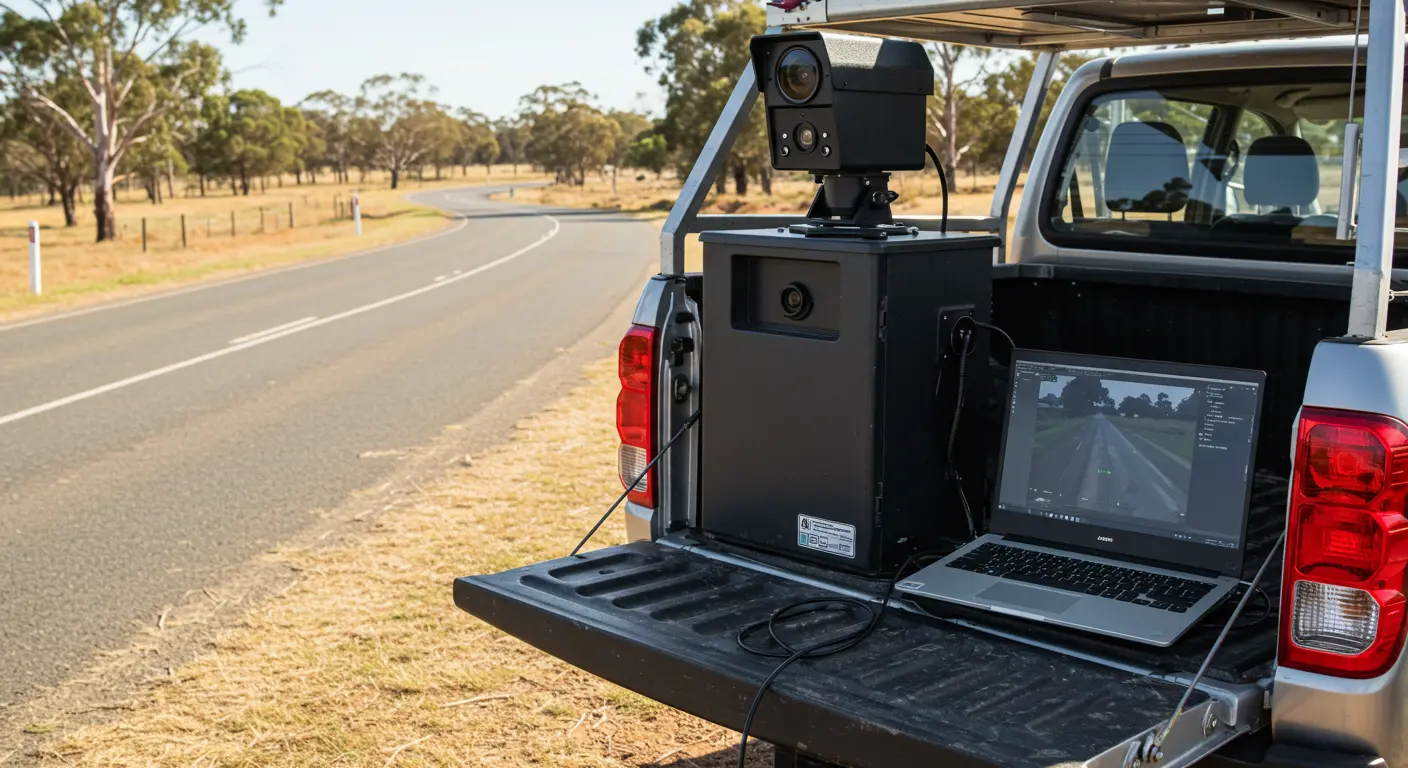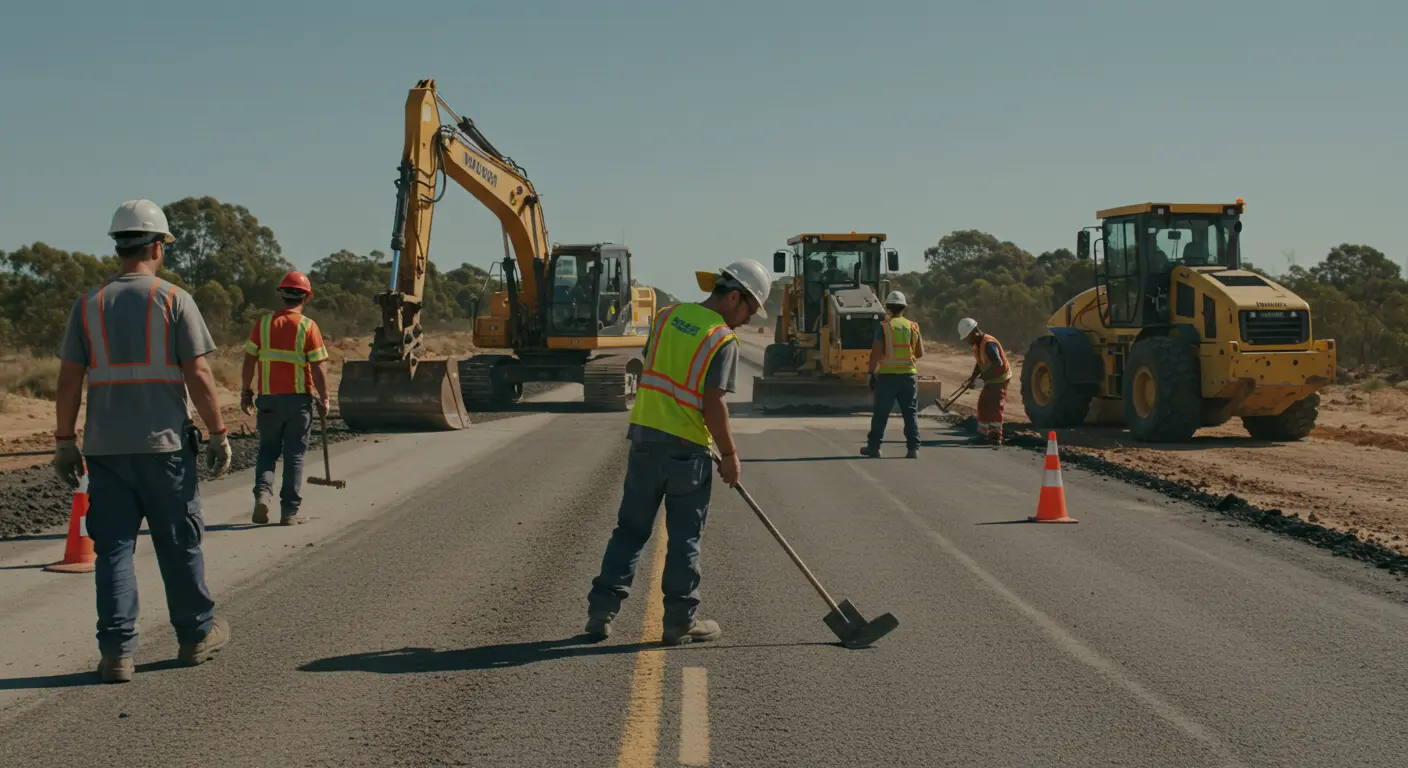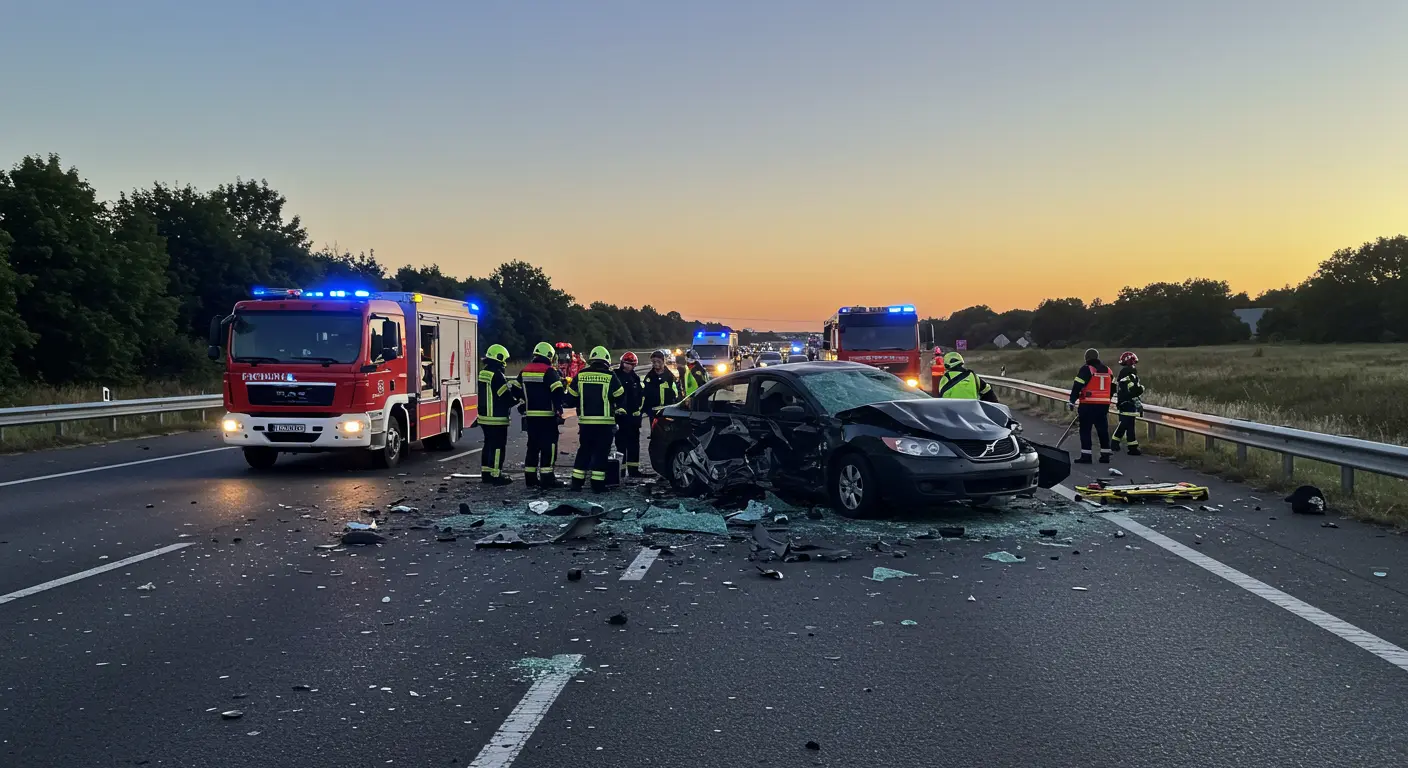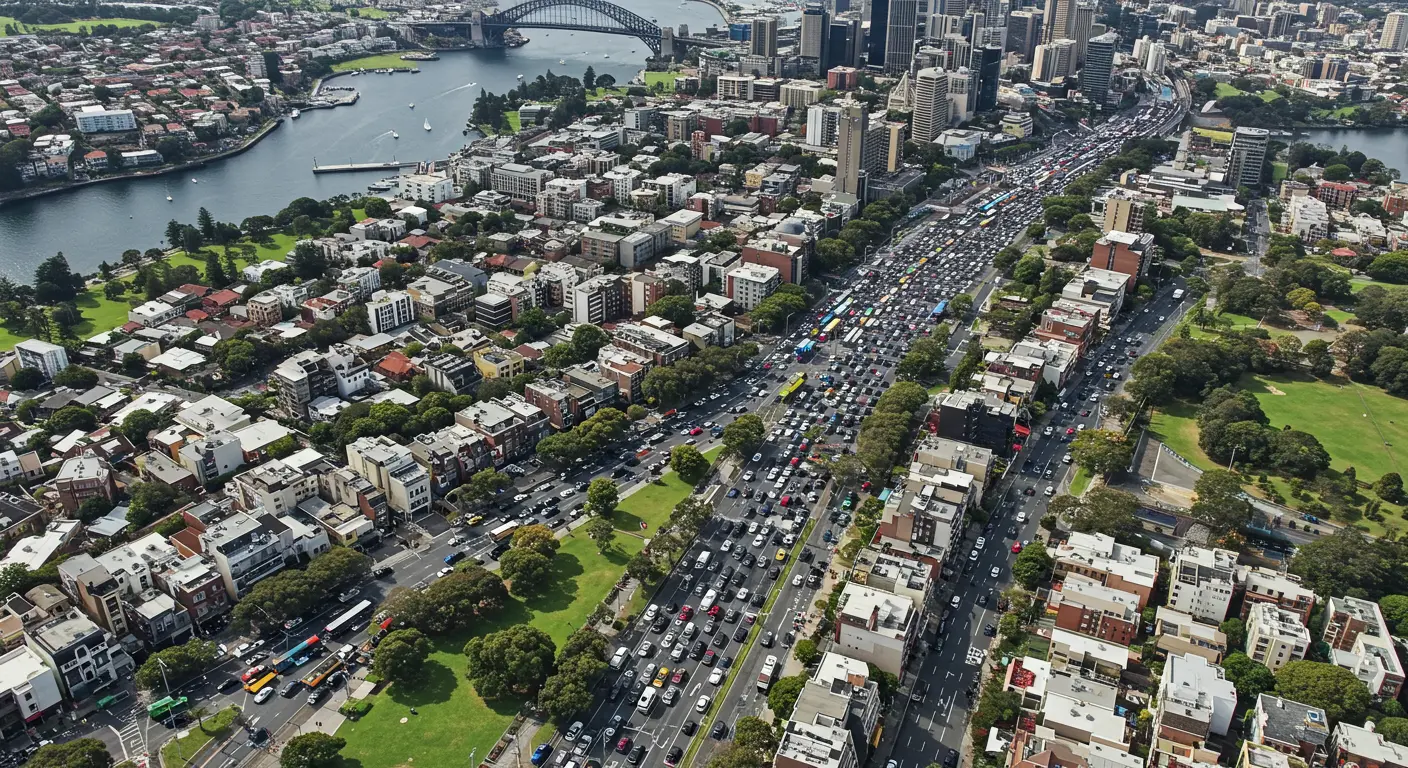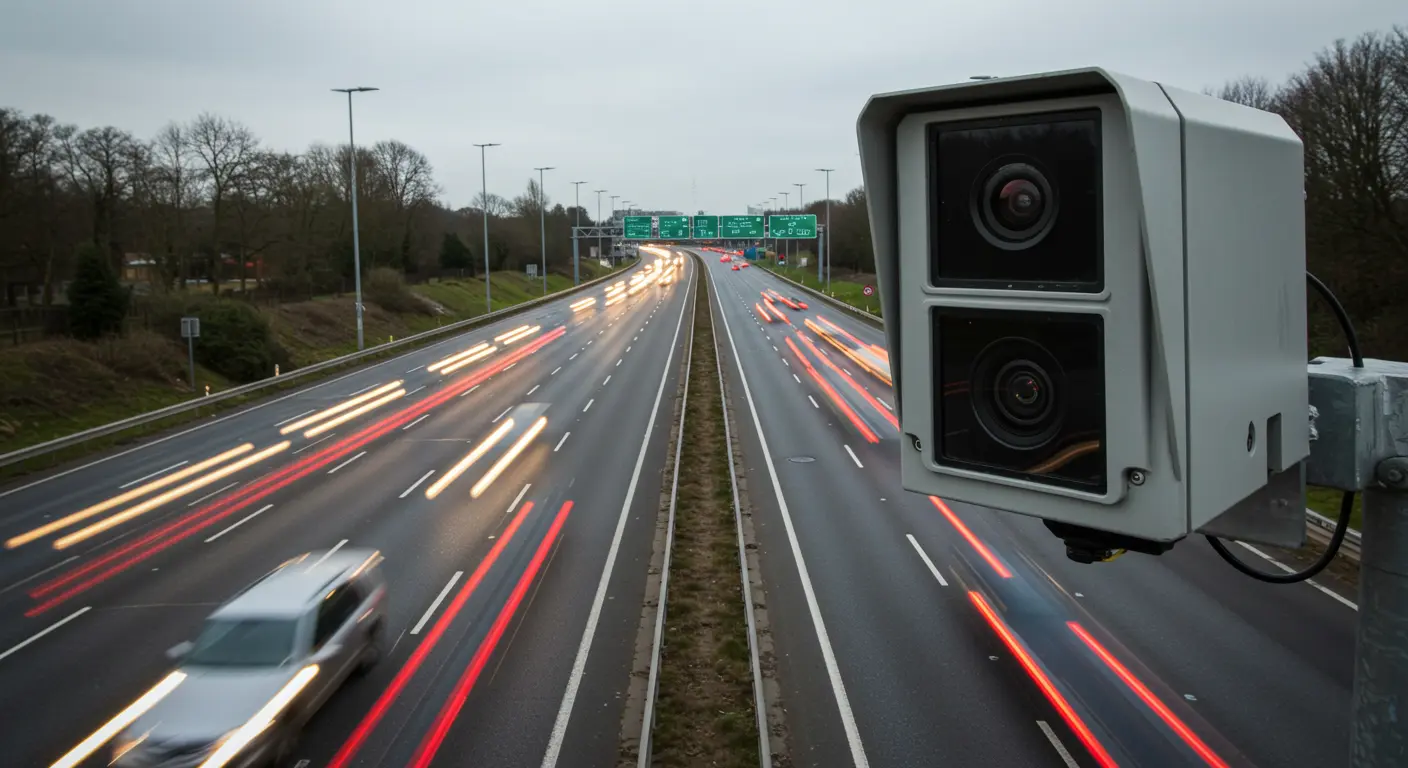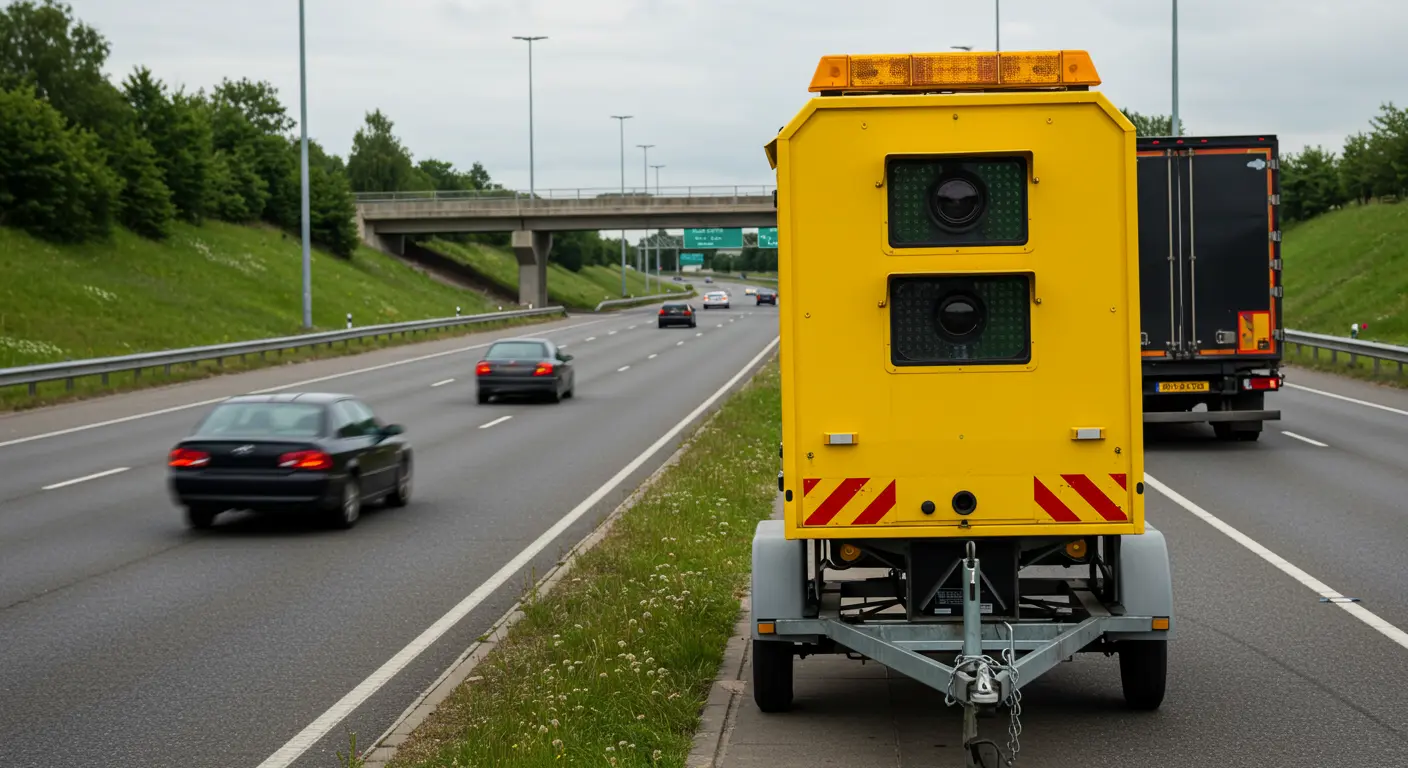Getting stuck in traffic could soon be a thing of the past, as more than 70 drones are now deployed across New South Wales to ease congestion, clear crash scenes faster, and improve road safety. This cutting-edge technology gives Transport for NSW real-time visibility from above, helping traffic responders manage incidents more efficiently.

The new drone fleet is actively supporting the Transport Management Centre (TMC) with eyes in the sky at crash scenes, holiday traffic hotspots, and peak-hour choke points. Their overhead perspective allows teams to implement detours sooner, reduce delays, and minimise the risk of secondary accidents—often referred to as “bump-on” crashes.
Drones Saving Time, Money and Lives
The rollout is already making a measurable impact:
- 160 missions were flown during recent school holidays, logging nearly 100 hours in the air.
- Drones are covering difficult areas like Blackheath in the Blue Mountains, which regularly experiences bottlenecks during peak holiday travel.
- The technology will be in use during major events like Bathurst’s Supercars season opener, offering fast incident monitoring and response.
Transport for NSW estimates the drone project could save:
- $71 million in travel time
- $24 million from reduced secondary crashes
- $23 million in vehicle operating costs
Smarter, Faster Response Statewide
In a national first, drones can now be launched remotely from TMC response vehicles, providing quicker aerial support exactly where it’s needed. This mobile deployment capability gives responders instant access to hard-to-reach areas not covered by the existing network of over 1,700 CCTV cameras across Greater Sydney.
The drones aren’t just for traffic—Transport for NSW is also using them to inspect bridges, roads, and other infrastructure. Work is underway to explore how drones can support high-risk activities traditionally performed by staff on the ground.
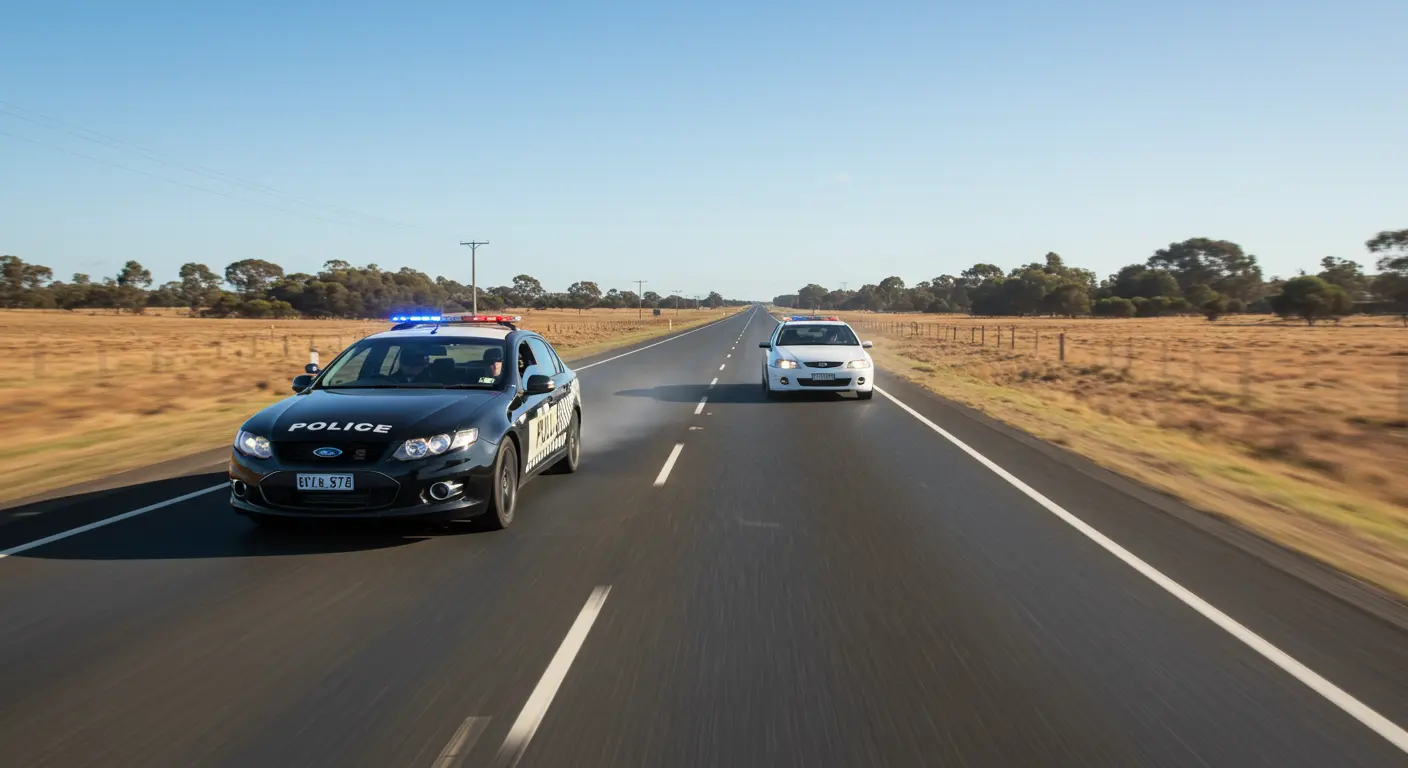
Building NSW’s Drone Capabilities
A Chief Pilot has been appointed to oversee drone operations, which include:
- A new drone maintenance and innovation hub at Leichhardt
- Live video streaming integration with TMC systems
- Training and accreditation to operate drones remotely across NSW
What Leaders Are Saying
Minister for Roads, John Graham:
“With an eye in the sky, detours can be put in place faster and information provided on apps like Live Traffic. No one wants to be stuck at the back of a queue of traffic and drones will help reduce the severity of traffic jams around road incidents.”
“We’ve also utilised this technology during major events, including Sydney World Pride, providing vital information to deploy extra public transport services and monitor for emergencies.”
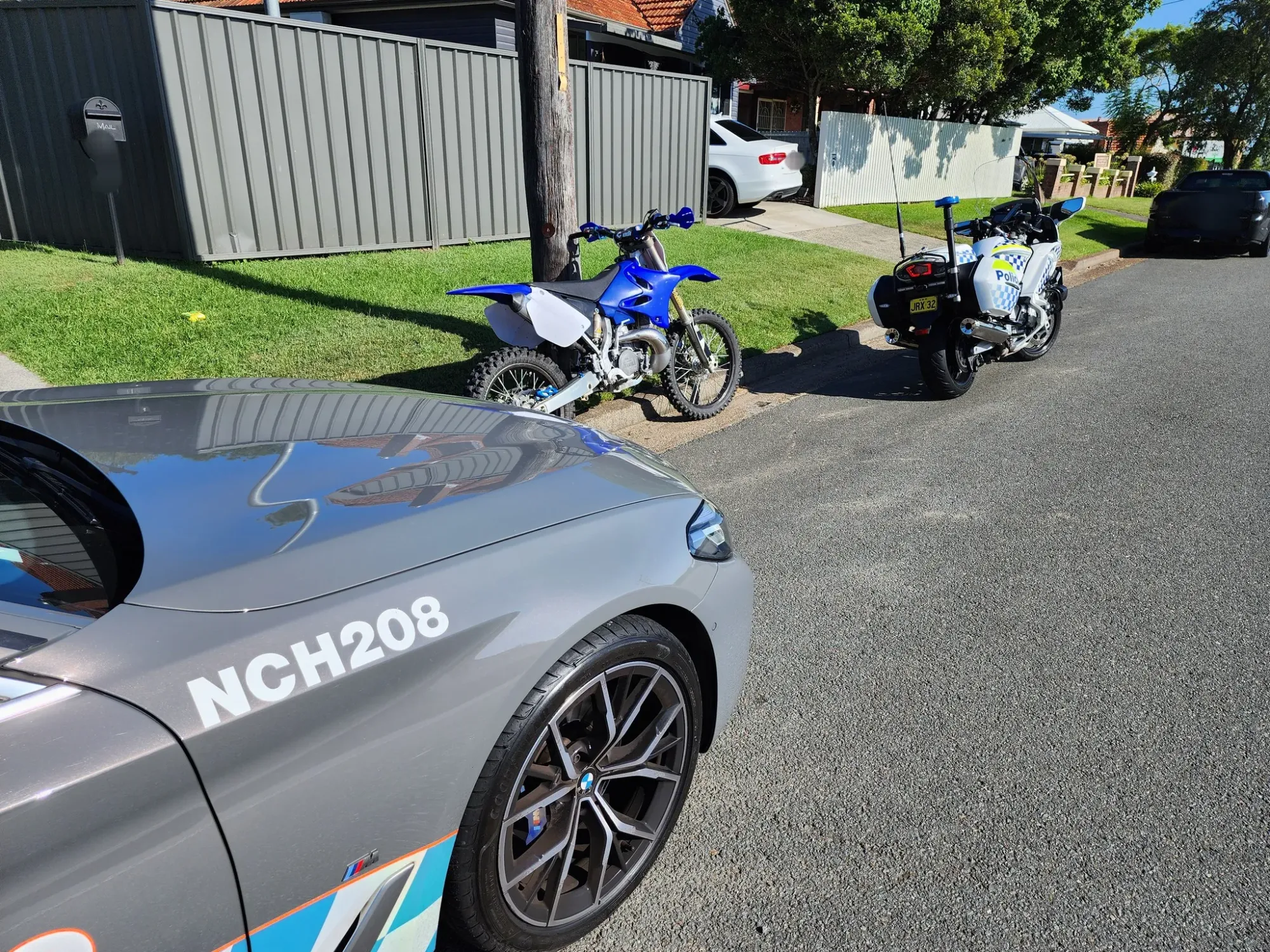
Craig Moran, Executive Director Customer Journey Management, Transport for NSW:
“Drones are incredibly effective at closing gaps in what we can see across the network. Not every location is suitable for CCTV installation, whereas one drone can be deployed from almost anywhere across the network to survey a wide range of areas.”
“The drone team carry all maintenance and develop our innovative field operations solutions from the new Leichhardt drone hub.”
As the drone program continues to grow, NSW road users can expect faster responses to incidents, improved real-time traffic updates, and a smarter, more connected road network.
